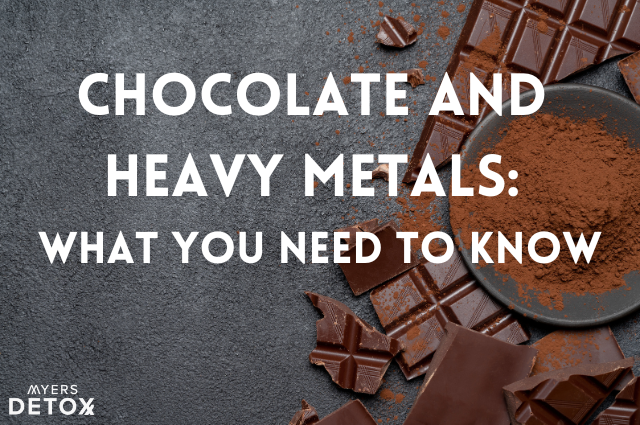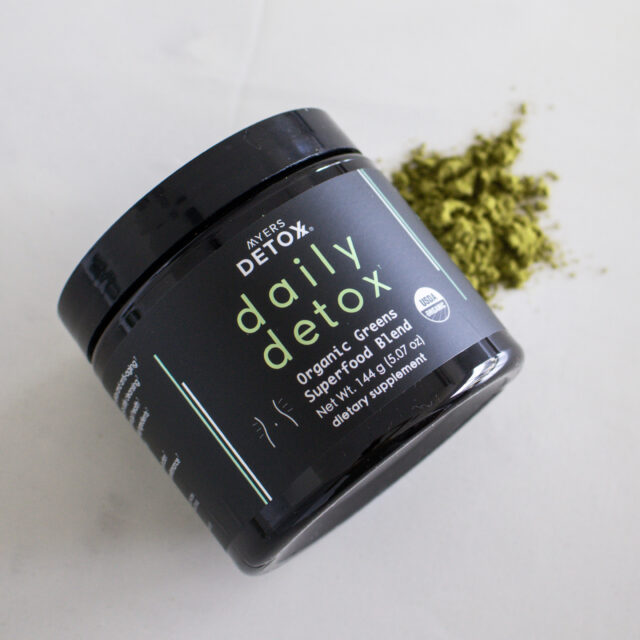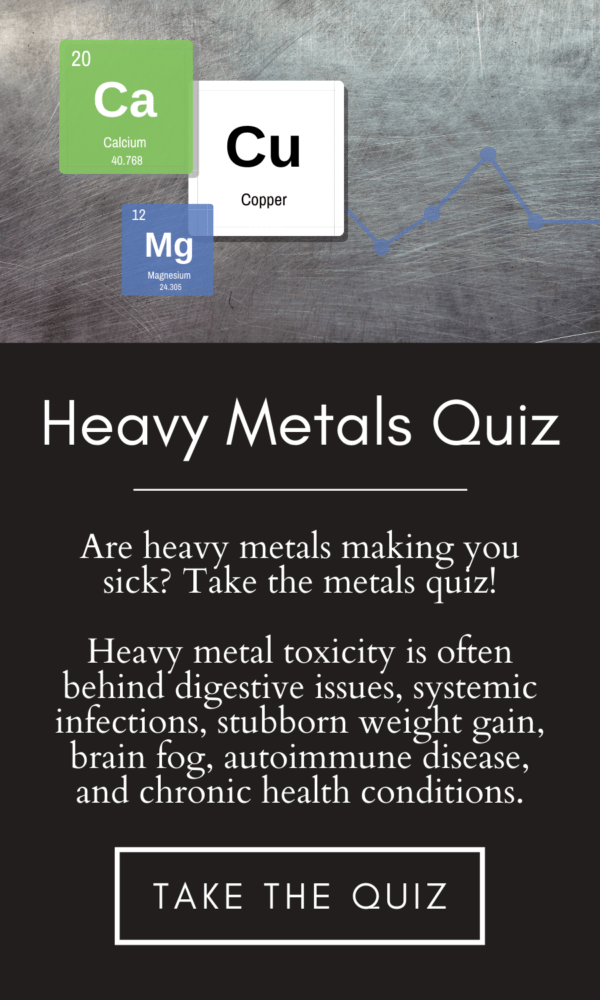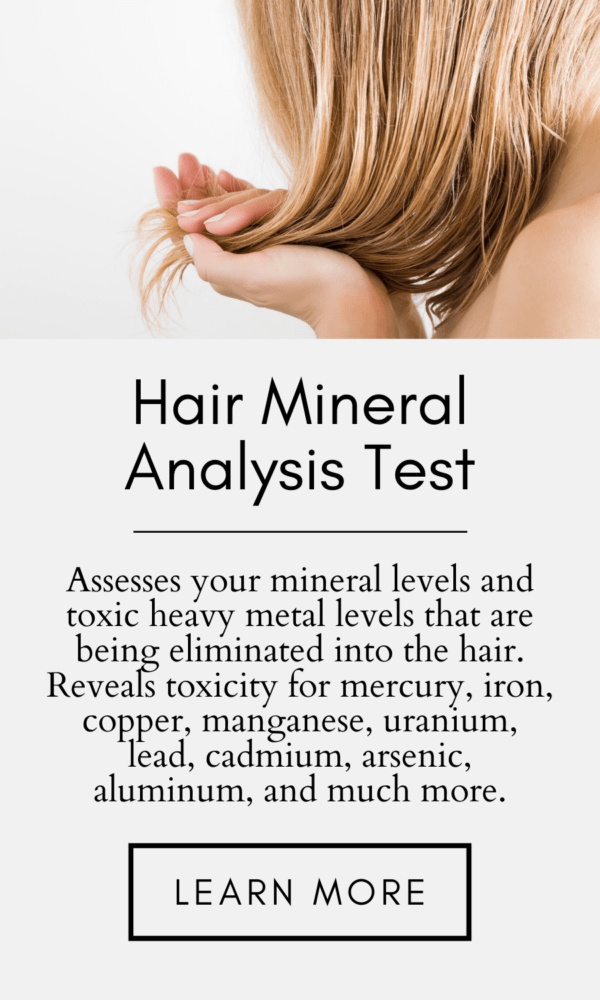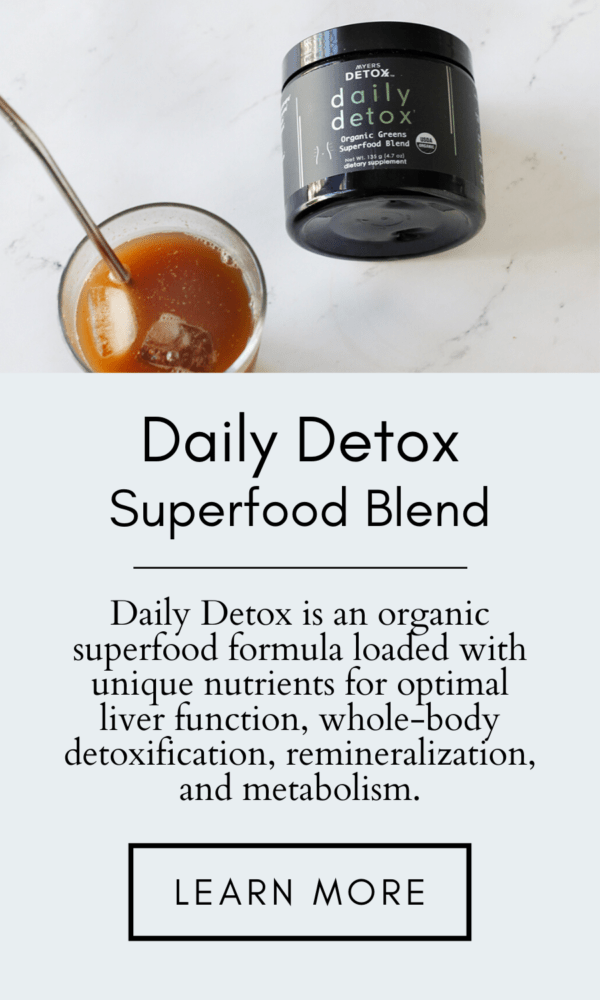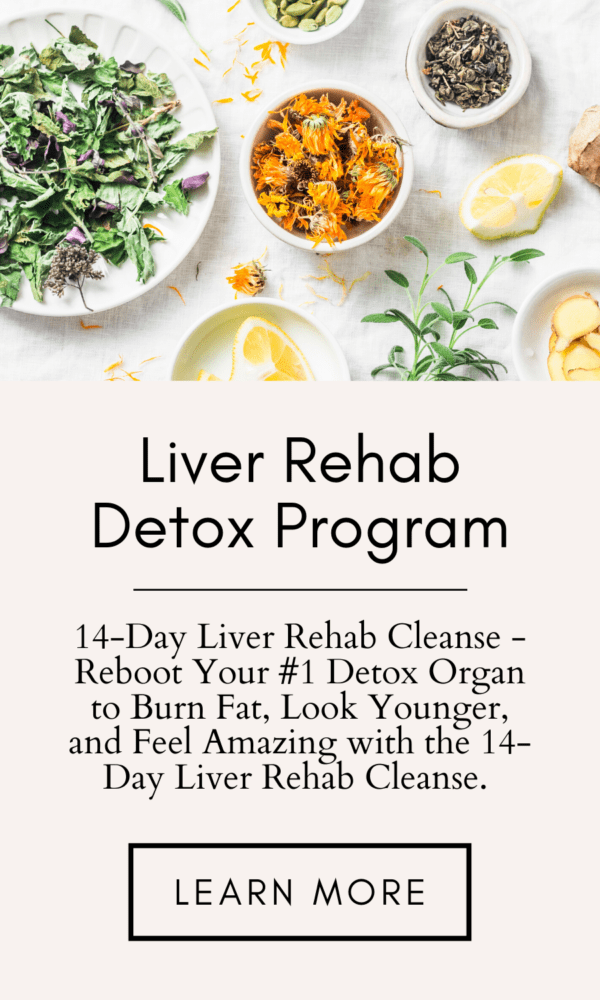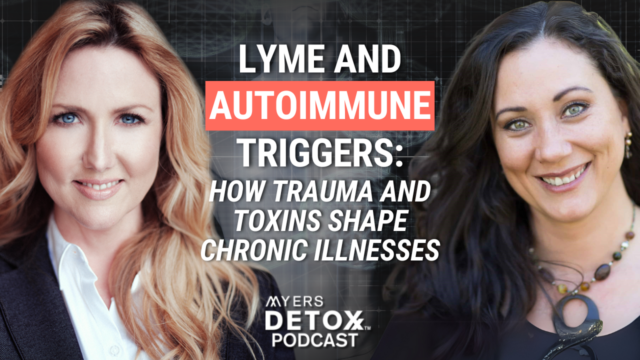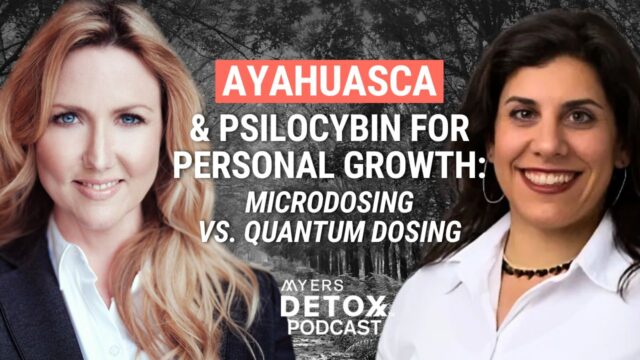It’s sweet, it’s rich, it’s creamy…and as it turns out, it’s often loaded with heavy metals.
Yes, I’m talking about chocolate.
Current estimates show that people in the U.S. consume around 1.28 billion kilograms of chocolate each year. That’s 2,821,916,955 pounds! And, of course, the chocolate industry is raking in billions of dollars annually off the backs of our sweet tooths[1].
So, how can it be that something so ubiquitous in our food supply is so highly toxic?
Until recently, chocolate’s toxicity has flown under the radar. Luckily, non-profit organizations have taken steps to uncover the truth behind chocolate’s heavy metal content and are giving consumers the opportunity to make better choices.
In this article, we’ll discuss:
- How these metals get into our chocolate
- The detrimental health effects of lead and cadmium
- The shocking list of chocolates high in metals (some will surprise you!)
- Why “acceptable limits” of these metals should be taken with a grain of salt
- The safest chocolates to choose
- The one solution that can truly help mitigate the toxic effects of chocolate
Heavy Metals In Chocolate: A Brief History

Back in 2014, As You Sow, a non-profit organization structured around promoting environmental and social corporate responsibility conducted heavy metal testing on 469 chocolate products.
The results?
They found that 285 products contained levels of cadmium and lead above the state of California’s MADL (Maximum Allowable Dose Levels). That’s 60%.
With this information in hand, As You Sow filed legal notices with over 20 companies, including well-known health-conscious brands like Whole Foods, Trader Joe’s, and Equal Exchange—among many others.
In 2018, As You Sow managed to secure a settlement with over 30 chocolate-producing companies (some of the biggest in the world, including Cargill, Hershey, Mars, and Nestle). The settlement agreement included a commitment to funding the investigation of sources of lead and cadmium in chocolate via an independent expert committee, and finding measures to lower the levels of these metals.
Since this time, As You Sow has continued testing chocolates for heavy metals and reporting on their results. And in 2022, Consumer Reports jumped in with their own testing, providing even more data for chocolate lovers.
Unfortunately, while steps have been taken to reduce levels of heavy metals since the original As You Sow report—both Consumer Reports and As You Sow still see excessive levels of lead and cadmium in chocolate[2][3].
In fact, the conclusion of the Consumer Reports study states[4]:
“The results of our analysis suggest that many products contain Pb and Cd in amounts that may exceed certain, stringent regulatory requirements (Prop 65). Therefore, enhanced surveillance may be warranted.”
For those that are unaware, Prop 65 (also known as Proposition 65) is a California initiative put in place to address growing concerns about exposure to toxic chemicals. That these companies have had a decade to get their act together and are still struggling to remove heavy metals from their chocolate is disheartening. That said, there are a handful of chocolates that may be safe (or safer) for consumption, which we’ll cover later.
For now, let’s address the real issue here: the dangers of lead and cadmium.
The Dangers Of Lead and Cadmium
The Dangers of Lead
Although there are “Maximum Allowable Dose Levels” for lead, the truth is that there is no safe level of lead in the body. This metal simply does not belong in the human system, and any level—no matter how small—is toxic.
That’s why we see such a significant issue with lead in children, whose bodies are much smaller than adults and can accumulate lead more easily[5].
So, what happens when we become toxic with lead?
Some of the most detrimental impacts of lead include[6][7][8][9]:
- Damage to the central nervous system
- Mitochondrial damage
- Adrenal insufficiency
- Attention and cognitive disorders
- Depression and anxiety
- Hormonal imbalance
- Immune issues
- Neurological issues
- Reproductive harm
Furthermore, lead is often stored in our bones in an effort to protect our vital organs from its toxicity. While on the one hand, this is a kind and valiant effort from our body, on the other hand, it can spell trouble as we age (especially for women) and we begin to lose bone. As if menopause didn’t present enough challenges, lead toxicity can become even more prominent during this time if you’ve been storing lead for decades.
But here’s the real kicker: chocolate is not the most abundant source of lead in our food and water supply—not even close. Lead can be found in air pollution, paints, pesticide residues, our drinking water, spices and seasonings, tea and coffee, and the list goes on. Not to mention our personal care and cosmetics.
The Dangers of Cadmium
Cadmium, much like lead, comes with its own set of concerns.
First of all, due to industrial contamination (like fertilizers), cadmium is everywhere in our environment—food, air, water, you name it. And what makes this metal particularly concerning is that it only takes a small amount of cadmium to cause serious health concerns.
For example, an acute lethal dose of cadmium can be as low as 140 milligrams. For perspective, most magnesium supplements have around 200 to 400 milligrams per cap—so less than one magnesium cap worth of cadmium could be fatal. And if you don’t give your body any detox support, it can take up to 40 years for cadmium to be excreted from your body.
Simply put, this is a metal you want to steer clear of as much as possible.
So, what are the health effects of cadmium toxicity?
Here are just a handful[10][11][12]:
- Hyperactivity of the nervous system
- Dysregulation of metabolism
- Inhibiting mitochondrial function
- Bone toxicity both directly and indirectly by influencing vitamin D and calcium levels
- Stiffening of arteries
- Interfering with digestive enzymes
- Kidney and liver issues due to accumulation
- Reproductive harm and congenital disabilities
All of this dysregulation can lead to a number of symptoms that are often attributed to other chronic conditions. This false attribution is why cadmium toxicity is so under-reported and under-treated.
And much like lead, cadmium exposure is a serious issue in our food supply, seafood, tobacco, marijuana cosmetics, personal care, water, and more.
Is Organic Chocolate Safe?
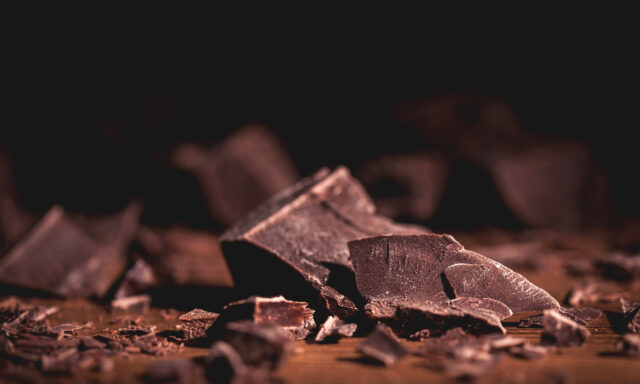
More often than not, when we hear about toxic exposure to chemicals and additives, we can find a safe haven in organic foods. Unfortunately, when it comes to chocolate, the opposite is true.
In their findings, Consumer Reports noted that organic chocolate not only contained high levels of lead and cadmium—but they were often higher in organic products than they were in conventional products[13].
While the reason for this is not entirely clear, it’s suggested that it could be due to the fact that organic chocolate beans are less processed. If contamination happens before the processing step, it could mean that the organic beans retain the heavy metals more than the highly processed conventional beans. This is particularly true for lead, which you’ll learn about more later in the article.
Either way, it’s unfortunate that, in this case, the organic label cannot provide the peace of mind that it’s meant to.
So which chocolates are safe, and which ones should you avoid entirely? Read on for some highlights.
Safe Versus Unsafe Chocolates
For a comprehensive look at all of the chocolate products assessed for their lead and cadmium content, you can check out the Consumer Reports and As You Sow websites. Interestingly, but not surprisingly, dark chocolate generally contains higher levels of heavy metals than milk chocolate.
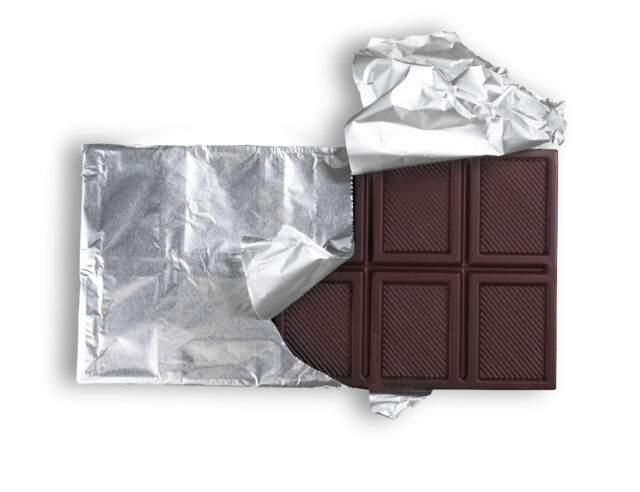
That said, the reports are robust, so below I’ll highlight some of the best and worst options to be aware of—some might surprise you.
Chocolate To Avoid
Many of the chocolates on the avoid list are fan favorites for the health crowd, so I’m going to focus on the ones that may surprise you.
Chocolate bars high in both lead and cadmium:
- Evolved Signature Dark 72% Cacao Chocolate Bar
- Theo Organic Extra Dark Pure Dark Chocolate 85% Cocoa
- Green & Black’s Organic Dark Chocolate 70% Cacao
- Lily’s Extremely Dark Chocolate 85% Cocoa
Chocolate bars high in lead:
- Lily’s Extra Dark Chocolate 70% Cocoa
- Chocolove Strong Dark Chocolate 70% Cocoa
- Hu Organic Simple Dark Chocolate 70% Cacao
- Endangered Species Bold + Silky Dark Chocolate 72% Cocoa
Chocolate bars high in cadmium:
- Beyond Good: Organic Pure Dark Chocolate 80% Cocoa
- Pascha Organic Very Dark Dark Chocolate 85% Cacao
- Equal Exchange Organic Extra Dark Chocolate 80% Cacao
- Alter Eco Organic Dark Chocolate Classic Blackout 85% Cacao
Safer Chocolate Choices
Looking at both the Consumer Reports study and the As You Sow report, below are a handful of products that came in with generally low levels of lead and cadmium.
- Mast Organic Dark Chocolate 80% Cocoa
- Taza Chocolate Organic Deliciously Dark Chocolate 70% Cacao
- Equal Exchange Organic Dark Chocolate Panama Extra Dark 80% Cacao
- Green & Black’s Organic Milk Chocolate 34% Cacao Content
- Whole Foods 365 Everyday Value Organic Dark Chocolate with Coconut 57%
Other Chocolate Products
Just this last year, Consumer Reports came out with a new study that looked at chocolate products, such as hot chocolate, powdered cocoa, chocolate chips, brownie mix, and cake mix. You can review the results in their article titled A Third of Chocolate Products Are High in Heavy Metals, CR’s Tests Find.
What Causes Heavy Metal Contamination In Chocolate?

As researchers and chocolate manufacturers have tried to find the root cause of chocolate contamination, they came across an interesting finding: lead and cadmium contaminate chocolate in very different ways[14].
Cadmium gets into cacao beans from contaminated soil. This is the same way that it tends to accumulate in other foods. When soil is contaminated with cadmium (which is a major issue), it is taken up by the roots of the cacao trees and then deposited directly into the fruit. How did cadmium get into the soil in the first place? Contaminated water and fertilizers are two of the most common culprits.
Lead, on the other hand, appears to contaminate chocolate after the harvest of the cacao plants. While freshly picked beans tend to be low in lead, the researchers found that after a few days of drying out in the sun, the lead levels of the beans skyrocketed—particularly on the outside of the beans; what gives?
Cacao beans are very sticky, which means that after they’re harvested, they need to sit outside and dry out for some time. While drying out in the sun, the beans are exposed to dust particles, emissions, fertilizers, and other air pollutants that contain lead. As the particles of lead begin to fall, the sticky beans trap them in their outer shell. These beans are then taken for processing, carrying with them a hefty load of lead.
Moderation and Detox
While there are plenty of chocolates that technically rate with levels below the MADL, the real issue here is that lead and cadmium are so ubiquitous in our environment. That means that even if you choose the chocolates with the lowest levels of these metals, you need to consider your entire toxic load before determining if your daily ingestion of lead and cadmium is truly at a safe minimum. And as a reminder—there is no safe level of lead, and cadmium becomes toxic at very low doses.
Does this mean that you should just give up chocolate entirely? Certainly not.
But what it does highlight is the importance of moderation and, even more critical, the importance of effective detox.
I created Daily Detox to provide my clients with an effective way to gently detox their bodies in a world that’s full of toxic insults. While doing a semi-annual cleanse is helpful, the truth is that we come into toxins every single day—this research on chocolate only serves to remind us of how sneaky chemicals and heavy metals can be.
Unless we’re giving our bodies some daily detox love, we’re bound to end up with toxic accumulation.
In addition to the liver-supportive nutrient in Daily Detox, I’ve also added specific superfoods that assist with anti-aging, immunity, and metabolism to provide you with a full-body supplement that nourishes your most hard-working systems.
Takeaway
If you’re a chocolate lover, as most of us are, this news can be somewhat disheartening. The good news, however, is that since the initial report conducted in 2014, many of the chocolate manufacturing companies have begun to take steps to reduce the level of heavy metals in our chocolate supply.
From choosing locations with low-cadmium soil to changing their processing and drying methods, these companies are slowly initiating changes that we’re seeing in follow-up studies. And thanks to organizations like Consumer Reports and As You Sow, we can rest assured that a keen eye will be kept on their progress.
Until we can safely enjoy chocolate again without a worry (which, to be fair, may be quite a while), I suggest sticking to the chocolates that have been deemed safe.
That said, even if you only consume chocolates in the “safe” list, keep in mind that none of these chocolates tested at zero levels for lead or cadmium. And this isn’t only true of chocolate—but of most products in our food supply today. Add to that the heavy metal burden we incur from personal care products, household products, water, and even the air, and you can see how a little heavy metal here and there can add up to a toxic load.
To get ahead of heavy metal accumulation in your body, I strongly urge everyone to find a way to gently detox their bodies every day. That’s precisely why I formulated Daily Detox.
*These statements have not been reviewed by the FDA. The information herein is not intended to diagnose, treat, cure, or prevent any disease. Nor is it meant to replace or act as a substitute for speaking to a medical doctor and/or licensed health practitioner. Any products discussed are not intended to diagnose, treat, cure, or prevent any disease. They are not intended to replace any medication, medical test(s), or healing modality prescribed by your medical doctor. Please consult with your doctor before beginning a new supplement regimen.


